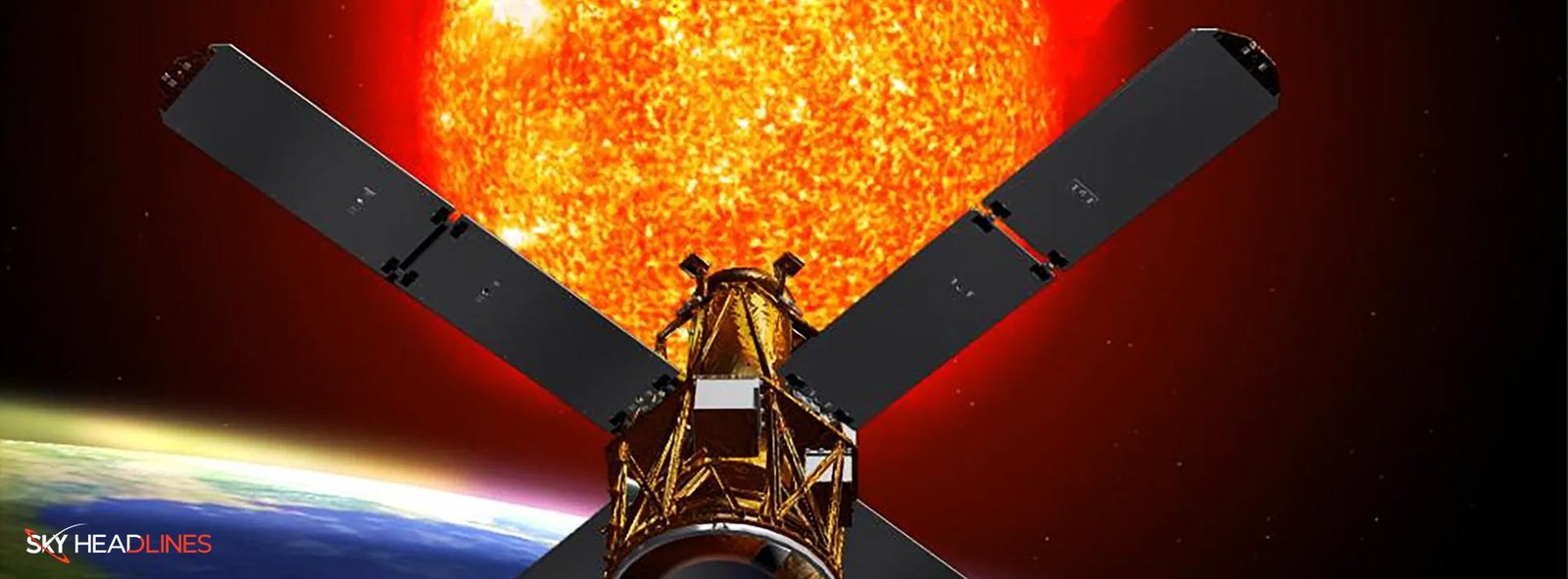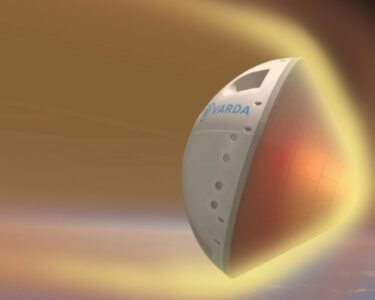RHESSI satellite has a total mass of 270 kg but will disintegrate into gas and ash during impact. Experts predict that in the following days, a NASA spacecraft that is no longer operational will begin its uncontrolled descent to Earth.
According to their calculations, the US military expects the RHESSI satellite, which monitored the sun from 2002 until 2018, to hit Earth’s atmosphere on Wednesday at 9:30 p.m. You should adjust the time by 16 hours, give or take. During impact, RHESSI satellite will disintegrate into gas and ash despite its weight of only 270 kilograms (670 pounds). Yet, we expect the spacecraft to retain some of its components despite the descent. On Monday (April 17), NASA authorities updated that the probability of endangering humans is approximately 1 in 2,467.
Before we discuss any details about the crash, we first need to have a look at the,
RHESSI satellite and significance in solar research
NASA launched the Radiation Hardened Electron Sensor (RHESSI) spacecraft in 2002 to study the Sun’s high-energy particles, specifically those released during solar flares. During its time in space, RHESSI satellite observed over 100,000 X-ray events, which provided valuable data for scientists to study the particles’ behavior during these events.
Scientists were able to piece together the source and mechanism of acceleration based on the data collected by RHESSI Satellite, which included the frequency, location, and motion of the energetic particles. Understanding the processes that occur during solar flares and how they affect Earth’s space environment requires this data.
Moreover, Astronauts are growing increasingly worried about a pressing concern that is,
The danger posed by space debris:
The RHESSI satellite fall is a sobering reminder of how crowded and dangerous Earth’s orbit is getting. Global space monitoring networks currently track over 30,000 individual bits of orbital debris. Nonetheless, there are a great deal more bits that are too small to be tracked.
According to estimates by the European Space Agency, there are presently a million objects in Earth’s orbit, the smallest of which is 1 centimeter across. Over 130 million pieces exist between 0.04 inches (1 millimeter) to 0.4 inches. Little fragments traveling at such high speeds pose a serious threat to a manned spacecraft or satellite.
Several spacecraft in low Earth orbit average around 28,160 kilometers per hour (17,500 miles per hour). When galaxies crash into one another, they disseminate their debris all over space, making future collisions more likely. The ability to explore and utilize space could be severely hampered in the case of a Kessler Syndrome cascade.
In February 2002, a Pegasus XL rocket put RHESSI Satellite into low Earth orbit. Since then, it has been studying solar flares and coronal mass ejections. The satellite has a single science instrument, an imaging spectrometer that records X-rays and gamma rays.
Lastly, if you are wondering,
Is this the first spacecraft that will crash to Earth?
The answer is straightforward no! When it crashes to Earth, RHESSI satellite won’t be the largest piece of space junk to do so. In November, for instance, roughly five days after launching the third and final module for China’s Tiangong space station, the rocket’s 23-ton (21-metric-ton) core stage crashed down to Earth. To date, all four Long March 5B missions have ended with the huge core stage reentering the atmosphere without human intervention.





